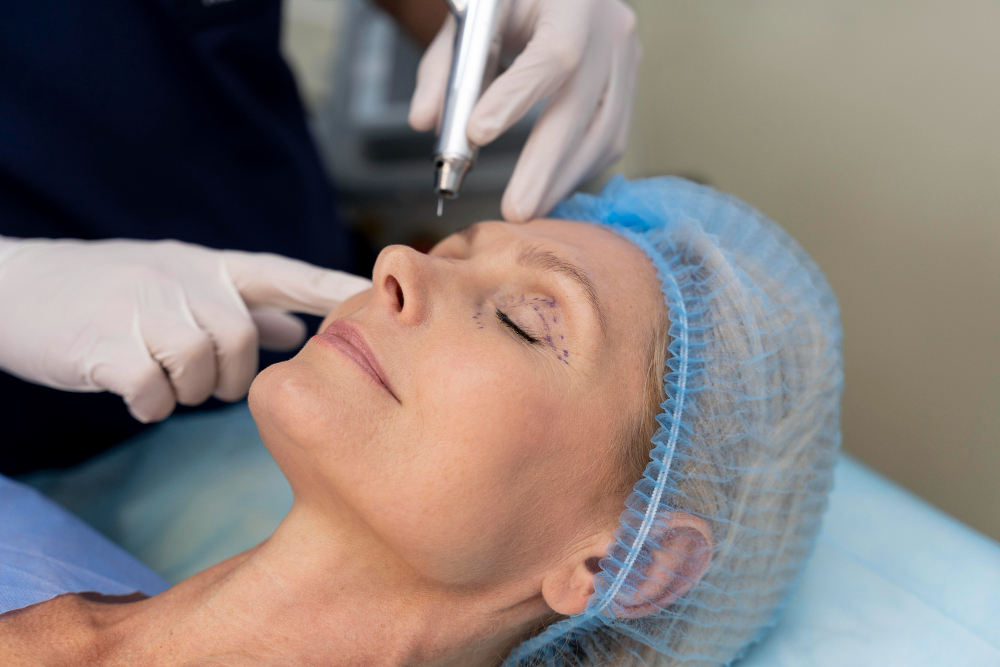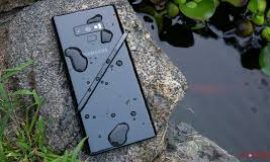Introduction
We all want our skin to stay smooth, firm, and youthful-looking, but as the years go by, our skin naturally loses its elasticity. For many people, this gradual change can feel frustrating. Skin tightening treatments are popular ways to address these issues without surgery. This article breaks down everything you need to know, from how these treatments work to the types available and the pros and cons of each.
Problem: Why Does Skin Lose Firmness?
As we age, the skin produces less collagen and elastin—two proteins that keep skin firm, tight, and bouncy. Around our late 20s or early 30s, collagen production starts to slow down. Along with this, lifestyle factors like sun exposure, smoking, and even pollution can break down these proteins faster.
Sagging skin usually appears in areas like:
- The face and neck
- The jawline and cheeks
- The stomach and thighs
- The arms (especially the upper arms)
When skin begins to sag, we may start feeling less confident about our appearance. It’s common to feel like looking in the mirror doesn’t reflect how we feel inside. That’s where skin tightening treatments come in.
Agitate: The Frustration of Trying to Fight Aging Skin
It’s tough dealing with the appearance of sagging skin because there’s no magic cream that can fix it overnight. You might have tried products promising to “firm” or “lift,” only to find out they don’t live up to the hype. Even though creams and serums can help to a certain extent, they typically don’t reach the deeper layers of skin where real tightening can happen.
If you’re tired of spending money on products that don’t deliver, you’re not alone. This is why many people look into skin tightening treatments as a long-term solution. These treatments can go beyond the surface to stimulate collagen, giving skin a more youthful, lifted look over time.
Solution: Types of Skin Tightening Treatments
Let’s dive into some popular skin-tightening treatments. The good news is that there are options for everyone—ranging from non-invasive to minimally invasive techniques, each with its pros and cons. Here’s a breakdown:
1. Radiofrequency (RF) Skin Tightening
How It Works: RF skin tightening uses radiofrequency energy to heat the skin’s deeper layers. This heat stimulates collagen production, which gradually tightens and firms the skin over time. The device used for this treatment moves across the skin, creating a warming sensation that reaches the underlying tissues.
What to Expect:
- Sessions: You may need several sessions, depending on your skin type and the area being treated.
- Downtime: There’s usually no downtime, so you can go back to your day after each session.
- Results: Noticeable results typically take a few weeks to develop as collagen production increases. Results may last 1-2 years with regular maintenance.
Pros:
- Painless and non-invasive
- No downtime
- Works well on both the face and body
Cons:
- Multiple sessions may be required
- Results are gradual, so patience is key
2. Ultrasound Therapy (HIFU)
How It Works: High-Intensity Focused Ultrasound (HIFU) sends ultrasound waves deep into the skin, targeting layers that are usually reached during surgical facelifts. The ultrasound energy triggers collagen production without harming the outer layers of the skin.
What to Expect:
- Sessions: Often, just one or two sessions are needed.
- Downtime: Little to no downtime, though some people may experience mild swelling or redness.
- Results: It can take up to three months to see the full effect, as collagen continues to rebuild.
Pros:
- Non-invasive with minimal discomfort
- Long-lasting results (up to a year or more)
- Particularly effective for sagging jowls and jawlines
Cons:
- Can be slightly uncomfortable
- Results take a few months to appear fully
3. Microneedling with Radiofrequency
How It Works: This treatment combines tiny needles with radiofrequency energy to deliver heat below the skin’s surface. The microneedles stimulate the skin while the heat promotes collagen production.
What to Expect:
- Sessions: You might need 3-5 sessions, depending on your goals.
- Downtime: There’s usually a few days of downtime, with some redness and possible swelling.
- Results: Results typically appear after a few sessions and improve over time.
Pros:
- Effective for both skin tightening and texture improvement
- Can treat specific areas with precision
- Long-lasting results
Cons:
- Mild discomfort and some downtime
- More invasive than purely non-invasive treatments
4. Laser Skin Tightening
How It Works: Laser skin tightening uses laser energy to heat the skin layers and stimulate collagen. This treatment can be customized for different skin types and areas, making it versatile.
What to Expect:
- Sessions: Usually, multiple sessions are recommended.
- Downtime: Some redness and mild swelling are common, but they typically subside in a few days.
- Results: Results improve gradually as the skin heals and collagen builds.
Pros:
- Improves overall skin tone and firmness
- Can also reduce dark spots and pigmentation
- Long-lasting results with proper care
Cons:
- Not suitable for all skin tones (darker skin may require alternative options)
- Multiple sessions can add up in cost
5. Intense Pulsed Light (IPL) Therapy
How It Works: Though primarily used for pigmentation, IPL can also tighten the skin by heating the deep layers, promoting collagen production.
What to Expect:
- Sessions: Multiple sessions are usually required.
- Downtime: Minimal, but you may experience some redness or darkening of spots initially.
- Results: Gradual tightening and firming over a few sessions.
Pros:
- Can improve skin tone and pigmentation
- Non-invasive and quick sessions
Cons:
- Best suited for lighter skin tones
- Multiple sessions needed for optimal results
Choosing the Right Treatment for You
The right treatment depends on various factors:
- Budget: Some treatments, like HIFU and laser therapy, tend to cost more than others.
- Time: If you want instant results, a surgical facelift might be your only option, but for non-surgical treatments, patience is key.
- Comfort Level: Some treatments, like microneedling, can be uncomfortable, so consider your pain tolerance.
- Goals: Be realistic about what each treatment can achieve. Non-invasive methods can give subtle to moderate improvements.
Are Skin Tightening Treatments Safe?
Generally, non-surgical skin tightening treatments are safe when performed by a certified professional. However, side effects like redness, swelling, or sensitivity are common but usually temporary. Always consult with a professional to ensure that the treatment is appropriate for your skin type.
Conclusion: Is Skin Tightening Worth It?
The best part of these treatments is that they offer an effective way to slow down visible aging without surgery. While results won’t be as dramatic as a facelift, skin tightening treatments can give a natural-looking improvement that boosts your confidence. Plus, with so many options available, there’s something out there for everyone. The key is to be informed, set realistic expectations, and choose the treatment that aligns with your goals and lifestyle.
Final Tips for Success
- Do Your Research: Look up the treatment provider’s credentials and reviews.
- Follow Aftercare: Protect your skin from sun exposure and follow any aftercare instructions to get the best results.
- Be Patient: Many of these treatments take time for full effects to show.
So, if you’re ready to explore the world of skin tightening, consider what you’ve learned here and start with a consultation. Skin tightening may just be the step you’re looking for to feel refreshed, confident, and happy in your skin.




